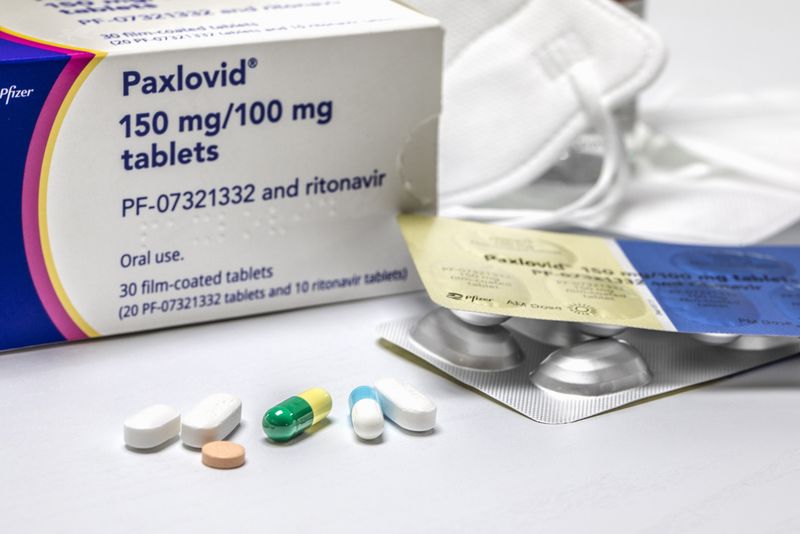Medical professionals are worried that an increasingly popular combat sport, known as slap fighting, could be leaving contestants brain damaged.
Slap fighting is essentially what it says on the tin. Competitors in this largely underground fast-paced sport take turns to strike one another with full force across the face with open hands. The winner is the one who has either secured enough points at the end of a series of exchanges or is the last person standing. Points are given based on how much damage a slap has delivered and how well a participant has coped with being struck.
Unlike other combat sports, slap fighters do not wear any headgear to protect themselves. They must receive their opponent’s strike without ducking or trying to guard themselves. Even flinching is considered a foul.
In January 2023, the sport was televised for the first time by Power Slap, a promotional company owned by Dana White, the chief executive officer of Ultimate Fighting Championship (UFC).
Since then, the sport has become increasingly popular and has started to spread from the US to other countries. The UK will be hosting its first-ever Heavyweight Slap Fight Competition in Liverpool in October this year.
Although it is watched by many people eager to see one person attempt to remove another person’s face with the palm of their hand, some viewers – general members of the public and medical personnel alike – have raised concerns about the competitor’s health. And there is good reason for this.
In 2021, the Polish slap fighter Artur Walczak suffered a bleed on the brain during a slap match that he was literally knocked out of. Although he received hospital care, the competitor died a few weeks later from multiple organ failure caused by the head injury.
The promotional videos for Power Slap show several contestants exhibiting clear signs of concussion. According to a team of neurologists at the University of Pittsburgh School of Medicine, there has not yet been any effort to quantify the concussion risk associated with this sport.
To address this, Dr Raj Swaroop Lavadi, Dr Nitin Agarwal, and colleagues assessed 78 online videos of slap fight matches for evidence of concussions on participants' faces. They found that more than half of the participants showed visible signs of concussion. Many participants also had signs of impaired movement after they were hit or had blank or vacant looks, and others experienced trouble standing back up after falling from a strike.
“The findings of this cross-sectional study suggest that slap fighting may induce traumatic brain injury in contestants, with potential for long-term consequences,” the authors write.
“The risk is further augmented given that the contestants must stand defenseless, allowing their opponents to achieve complete and precise contact with their heads during each offensive blow.”
The team argue that there must be a high level of surveillance when evaluating participant’s during and following matches.
Of course, the study has its limitations. It relies on a small sample size, while assessing signs of concussion through video analysis could be a subjective means of assessment. To overcome this latter issue, the researchers made certain agreements to avoid individual bias.
“Slap fighting may be a more grievous combat sport than previously assumed, and strategies to prevent neurological demise among its participants should be pursued,” the team conclude.
The study is published in JAMA Surgery.





